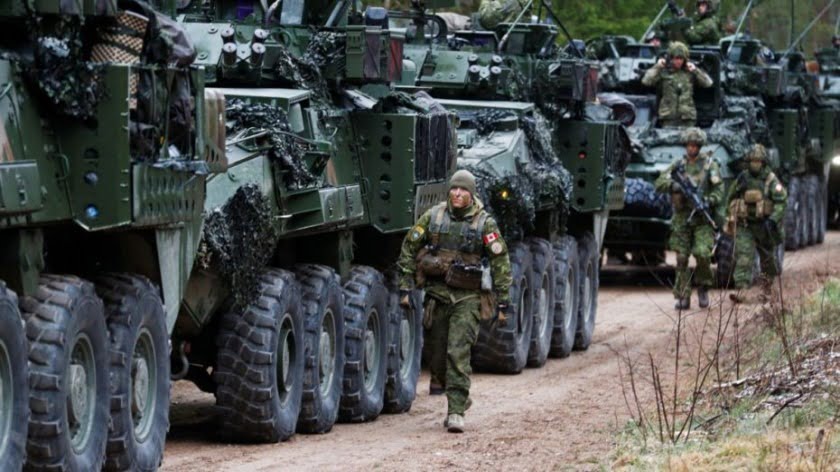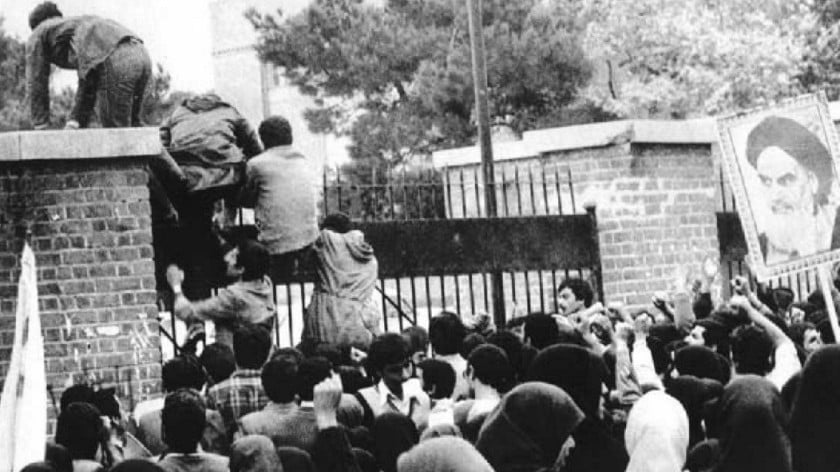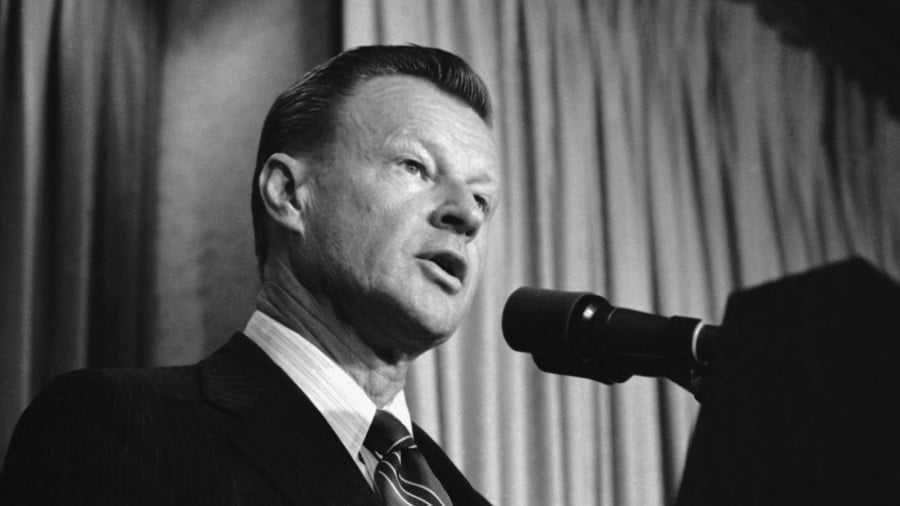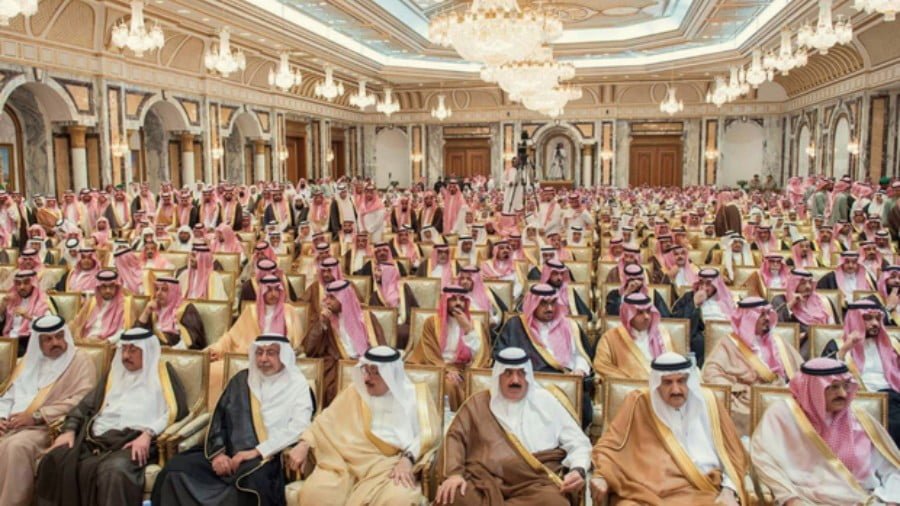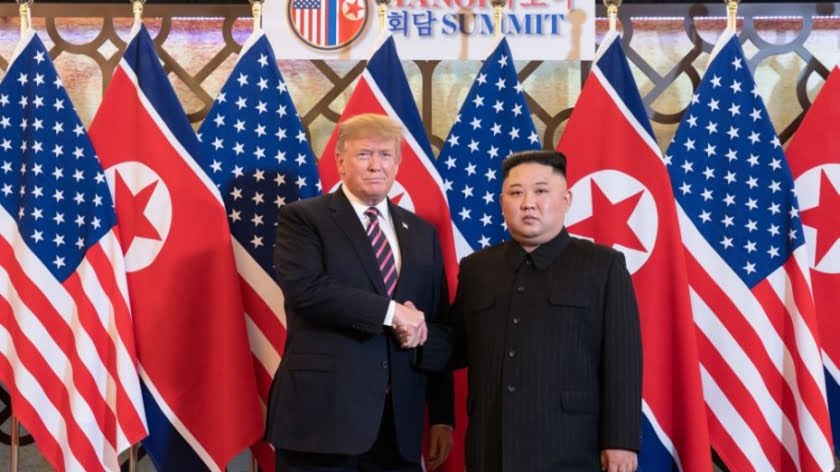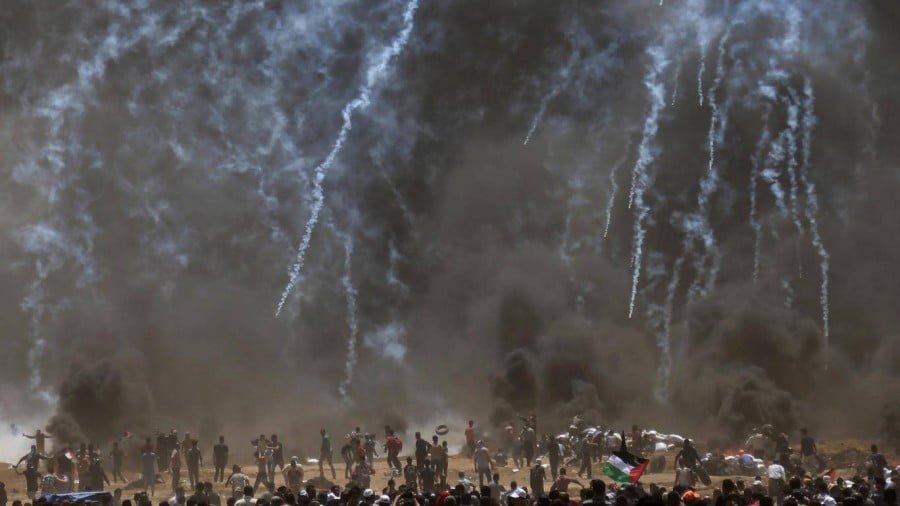Mixed Messages and Confusion in U.S. Policy Regarding Europe and Russia
President Trump made a sensible move by proposing re-inclusion of Russia in the G-7 association of nations that, as the BBC observes “is an organisation made up of the world’s seven largest so-called advanced economies: Canada, France, Germany, Italy, Japan, the United Kingdom and the United States. The group regards itself as ‘a community of values’, with freedom and human rights, democracy and the rule of law, and prosperity and sustainable development as its key principles.” It is only proper that Russia be involved again, but the relentlessly anti-Russia UK indicated that it would veto any such move. As is usual Trump had not spoken with supposed allies of the U.S. before making an important decision affecting international affairs, and this was yet another instance of his casual disregard for the conventions and purposes of diplomacy.
It was reasonable to suppose, however, that Trump’s attitude might have indicated Washington’s policy, in that it seemed to be intended to establish cordial relations and expand trade and generally cooperate with Russia. Not a bit of it, because on June 11 the U.S. Senate legislated further sanctions targeting involvement in construction of the Russia-Germany Nord Stream 2 gas pipeline – intensifying the sanctions regime approved by Trump in 2019. There was no consultation with either Russia or Germany, and the German Economy Minister, Peter Altmaier, stated bluntly that “The German government has long had the view that sanctions with extraterritorial effects are in conflict with international law and that they’re not a contribution to advancing international cooperation. This position hasn’t changed.”
That statement of German policy was made on the same day as a report in the New York Times that the U.S. intended to cut the number of its military personnel in Germany by 25 per cent. Washington did not consider it necessary to consult with the German Chancellor, Angela Merkel, or with the Secretary General of Nato, Jens Stoltenberg, whose reaction was predictably servile, in stating he expected “ongoing dialogue.” German foreign minister, Heiko Maas, said plaintively that “Neither the state department nor the Pentagon has been able to provide any information about this,” and that the matter “definitely need to be talked about”. Indeed it does, not least because, as noted by Deutsche Welle “an estimated 20 [U.S.] nuclear weapons are believed to be kept at Germany’s Büchel Air Base in western Germany.”
Nato achieves nothing in Europe – or anywhere else – by its presence, but Trump’s reasons for withdrawing troops from Germany have nothing to do with strategy, refinement of international relations or rethinking the relevance of Nato. It was petulant reaction to Germany’s failure to meet a military expenditure target. But as the Guardian noted, “Contrary to Trump’s repeated claims, Germany does not owe payments to Nato or the U.S., but falls short of a Nato target in which members commit 2% of their annual GDP to military spending by 2024.” As reported by Stars and Stripes, “The Pentagon, which appears to have been blindsided by Trump’s decision, has been mum on the issue. U.S. European Command also has declined to comment, referring questions to the National Security Council in Washington.”
There was no assessment in Washington of what Trump’s decision would cost, but it will be extremely expensive for the U.S. taxpayer, as it is far from easy to move 9,500 personnel and all their dependents, and reorganise the massive number of military facilities involved. The economic impact on communities in Germany where troops are based is going to be most severe, but this is the last thing that would cross the mind of Donald Trump.
It has long been known that Trump is an erratic, inconsistent, blustering ignoramus – but the fact remains that he directs the foreign policy of the United States, using others of similar characteristics to carry out his directives. John Bolton, his former national security adviser (a drum-thumping war hawk with a most unpleasant character) said in an interview that “I don’t think he’s fit for office. I don’t think he has the competence to carry out the job,” and he speaks for many people. But Trump will continue to strut the world stage and indulge in incoherent diatribes about every aspect of international affairs. His insulting comment about Bolton that he is “a disgruntled boring fool who only wanted to go to war. Never had a clue, was ostracized & happily dumped. What a dope!”, although generally accepted as being accurate, only added to the atmosphere of feverish turmoil that pervades Washington.
As the BBC reported, “President Trump has been a persistent critic of the Nato military bloc, calling on other members to boost their spending. Despite this the U.S. remains a member, but Mr Bolton says [in his book] that at a 2018 Nato summit Mr Trump had decided to quit. ‘We will walk out, and not defend those who have not [paid],’ the president said, according to Mr Bolton.” So what does that mean for U.S. policy concerning Europe? What does it mean for Russia, which is the focus for Nato’s increasingly aggressive deployment of military forces in Eastern Europe? Nobody knows, because the president of the United States twists and turns and leaps and ricochets, and the result has been confusion and incertitude.
Then on June 15 Stars and Stripes reported U.S. and Polish officials as saying that “negotiations for an American troop boost in Poland are still on track and the number of service members in that country could be larger than originally planned,” while the U.S. Ambassador to Poland, Georgette Mosbacher, tweeted that Polish President Andrzej Duda’s “vision for increased U.S. presence in Poland will be even greater than originally outlined” – but nobody else in Europe or in Nato appears to know anything about this significant policy change.
As stated by Nato, its “Enhanced Forward Presence” of troops and aircraft along Russia’s borders consists of “four multinational battle groups in Estonia, Latvia, Lithuania and Poland. These battle groups, led by the United Kingdom, Canada, Germany and the United States respectively, are multinational, and combat-ready, demonstrating the strength of the transatlantic bond… [and] form part of the biggest reinforcement of NATO’s collective defence in a generation.” But does Trump realise that he will be expanding the Forward Presence even more by transferring U.S. troops in Germany to Poland?
For the moment, his policy regarding Poland appears to be supportive, in that he invited Polish President Duda to visit Washington on June 24, when, according to the White House, the focus is to be “advancing our co-operation on defence, as well as trade, energy, and telecommunications security”. There cannot be many presidents who would fly off on a visit to a foreign country just four days before a national election, but Politico explained that it would be “a potential political boost for Duda, who . . . has been losing ground in recent opinion polls. Poland is one of the most pro-American countries in Europe, and one of the few where photos of a meeting with Trump could turn into an electoral advantage.”
It is evident that Trump is sending some sort of message to Europe and Russia about Poland, but as with much of his international policy it is decidedly mixed and can contribute only to existing and potentially dangerous confusion. His own campaign for re-election is gathering impetus, and for the sake of the world as a whole it must be hoped that the people of the United States also understand that mixed messages and confusion do not contribute to Making America Great Again.
By Brian Cloughley
Source: Strategic Culture

